As a follow up to my previous post on this topic, it was time to publish a full review/impressions piece on the X-Pro2. To summarise: (i) it’s really, really good; but (ii) not everyone will agree with (i). I’ll be honest about the negatives but to be clear, for me, this camera makes them irrelevant.
Key features include the retention of the hybrid OVF/EVF viewfinder, this time with diopter adjustment, a new 24mp sensor with built in PDAF, new processor, new screen and back panel layout, new focus control joystick, new hybrid ISO/shutter speed dial, weather sealing and an improved grip. The body is about the same size as the original, but the repositioned screen and new grip mean different cases would be in order.
The build quality of the body is fantastic. The viewfinder remains a thing of beauty, still hindered somewhat by parallax inaccuracies, but fantastic for street photography. I didn’t have an issue with the OVF on the original X-Pro1, but the diopter adjustment is a welcome addition. The layout of the rear of the camera is much improved, moving the controls to the right hand side and adding a focus control joystick. It’s difficult to explain just how excellent the joystick is and how quickly it lets you select focus points, but I will observe it’s a substantial part of the reason I rate the ergonomics and controls of the camera highly. I know some have complained about the lack of a touch and flip out screen, but to me those sort of features don’t have to be in every model (though if these features matter to you, you should note this lack). This camera doesn’t pretend to be a Swiss Army knife, it does what it does really well and in my view it’s better for that.
The only real fly in the ointment is the hybrid ISO/shutter speed dial, which I think doesn’t work as well in practice as the designers must have hoped – I sometimes found that I was accidentally adjusting both or selecting something I didn’t want. The addition of dual SD card slots will be a welcome addition to those who shoot events. The new 1.6 million dot screen has increased resolution, colour accuracy and is a welcome addition. Watch out as similarly to the screen on the Nikon D810 and D750, it’s a little brighter than the true exposure of the photograph, which needs to be taken into account for in camera raw processing. It’s also worth mentioning the updated menus that I feel on the whole are logical and an improvement.
The sensor is really, really good. It’s not as good as a top grade 35mm sensor, but it’s exceptional for an APS-C one. I would say, subjectively, that high ISO results are improved over the X-PRO1, which if you consider the bump in resolution, is exceptional performance. Base ISO Dynamic range isn’t class leading, but I suspect this is used to benefit high ISO performance, similarly to the new D5.
What’s really impressive between the sensor and the processor is the way the rendering of colours has improved, particularly from the previous xtrans II cameras. All channels retain more information with the red channel particularly well controlled. I would go as far to say that this camera produces some of the most attractive results out of the can of any ILC (it’s definitely up there with my other favourite, the D810), though the resolution it provides is clearly still 24mp (which is fine). Aside from the frankly lovely colours, the camera includes a new film simulation, Acros, which gives just stunning results with people. Velvia has been improved such that it still provides bold, saturated results but without obliterating colour detail. You can also add film style grain to results. All of this makes processing raw files in camera a joy.
What about my concern that xtrans results can look washed out in some conditions, as expressed in previous reviews? Well, I have come across this via in camera jpegs. I processed the same pictures via Lightroom and they were bold and contrasty, so no real concerns there.
 In camera wifi is included too and can move files to a phone or tablet quickly. I do feel like the iPhone app needs some work though. It’s not very intuitive to set up the connection and requiring button pushes on camera after turning on the camera wifi is a little old school.
In camera wifi is included too and can move files to a phone or tablet quickly. I do feel like the iPhone app needs some work though. It’s not very intuitive to set up the connection and requiring button pushes on camera after turning on the camera wifi is a little old school. 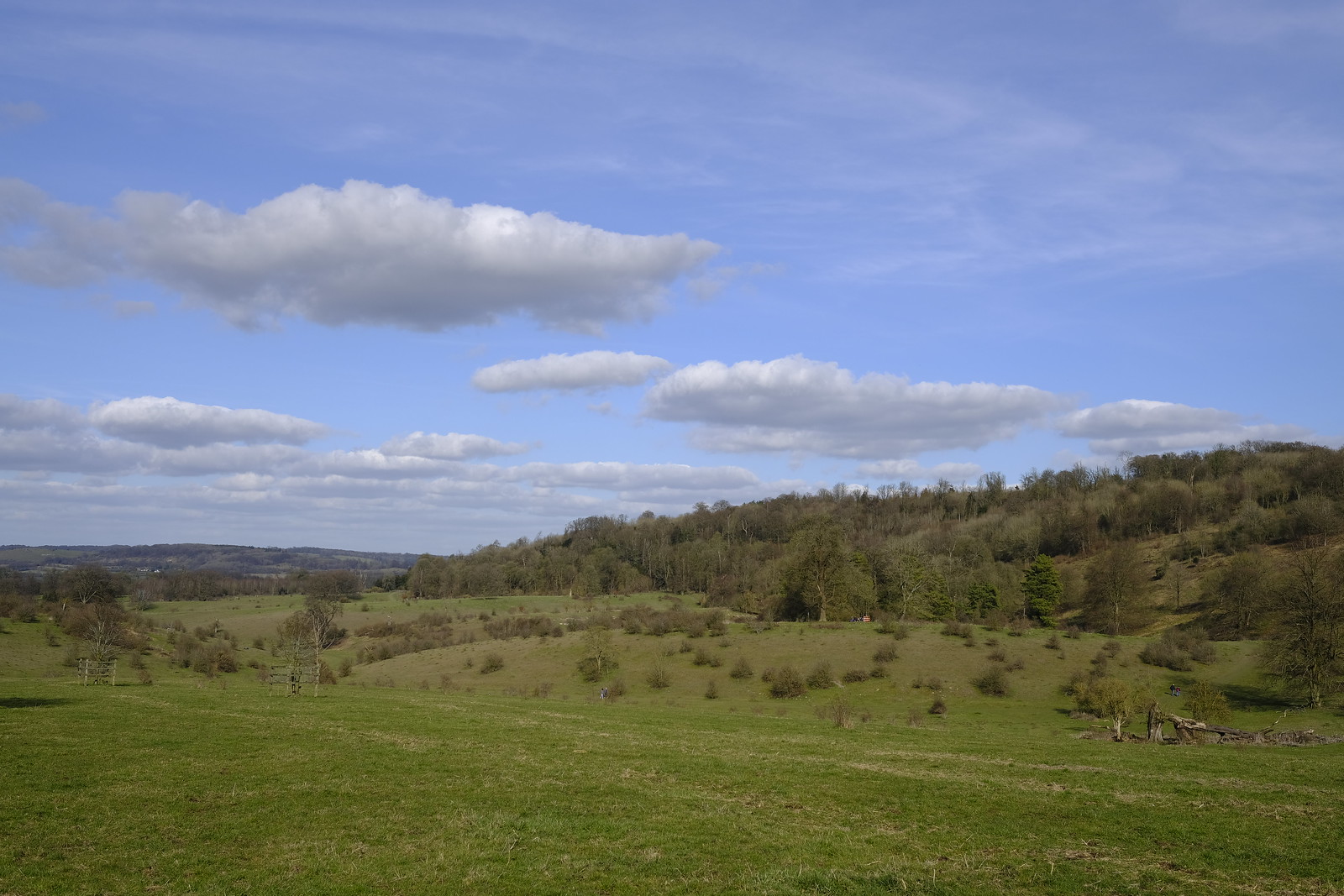
Autofocus is very good to excellent. It’s very fast for the majority of lenses in afs, AFC isn’t perfect but within the PDAF focus area it gives away nothing to the A7RII when equipped with a faster focusing lens, particularly with continuous shutter engaged. It’s worth noting here that some of the Fuji primes, particularly the earlier ones, might not match up to the full possibility of the body (I’m looking at you 60mm macro) in terms of focus speed. I quite liked the way continuous shutter works, disabling face detection when turned on (face detection means contrast detect only AF, so turn it off for the fastest possible focus).
Ergonomically, the camera is a joy when used with the majority of lenses. It weighs just shy of 500g and has an improved grip back and front, such that it just sits in the hand nicely. When you combine this with the manual control of shutter speed and aperture, the ease of using the focus joystick and the fantastic hybrid viewfinder, you have a user experience which is just plain fun.
That last paragraph brings me to my conclusions. Despite not always being the most capable camera in every use case, this is one of the best cameras I’ve used in a while. Everything that needs to be there is there and it just works. Shooting with the X-Pro2 is fun and the results are excellent. If you are on the lookout for a mirrorless camera, this is a really good one. I rate the experience of using this camera above the experience of many other mirrorless cameras. This deserves to be a huge hit for Fujifilm.
The X-Pro2 is available in the UK here: Fujifilm X-Pro2
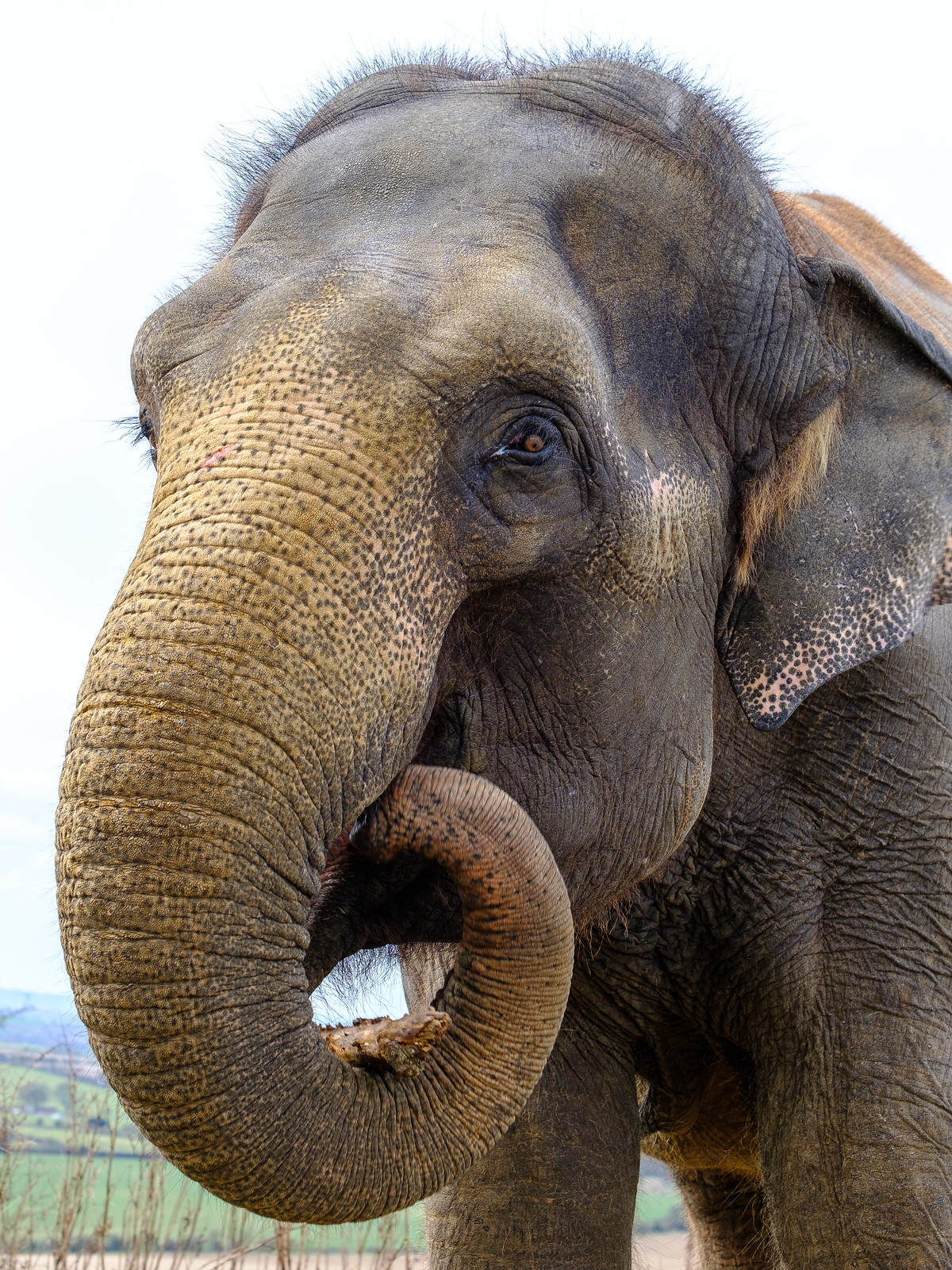
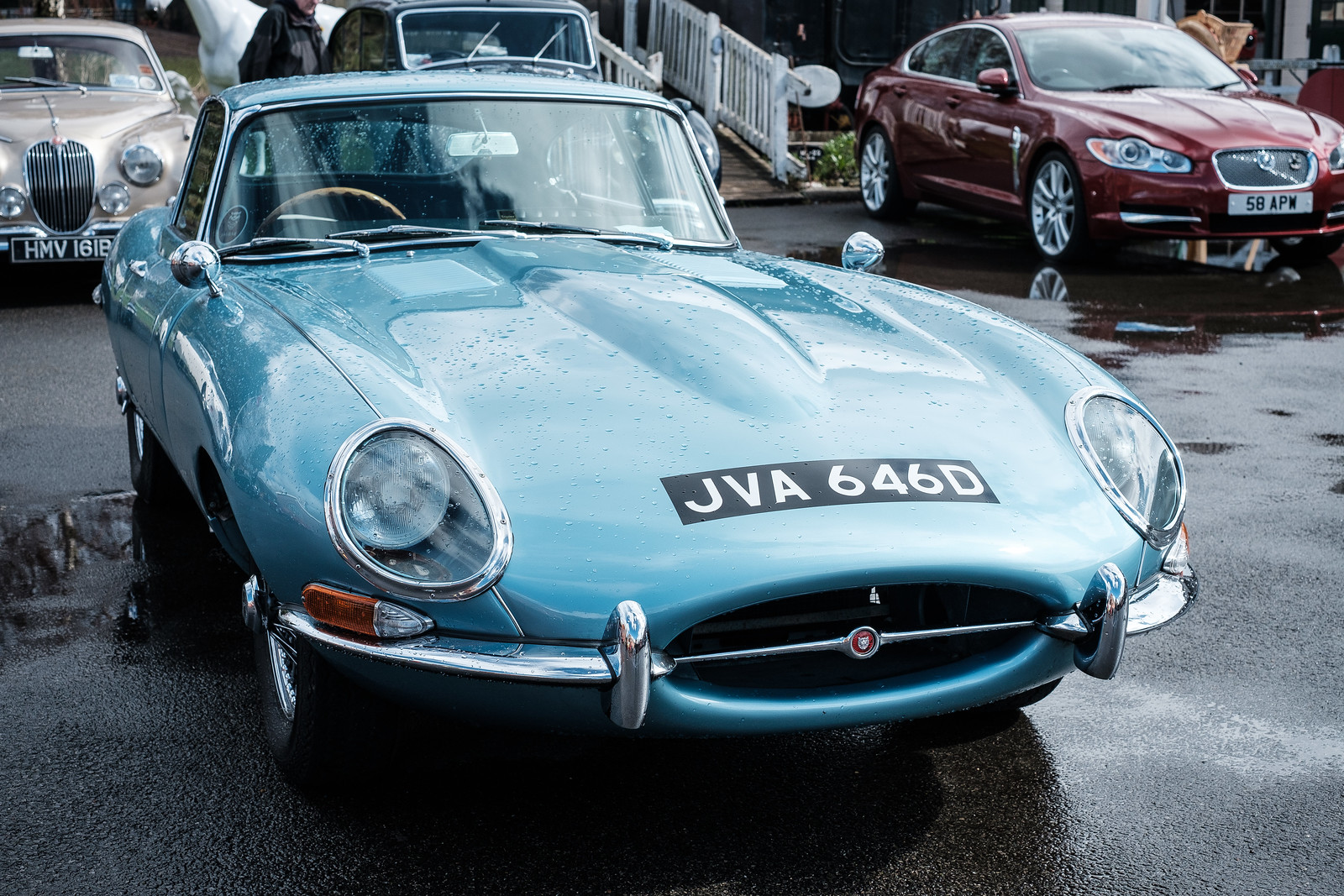


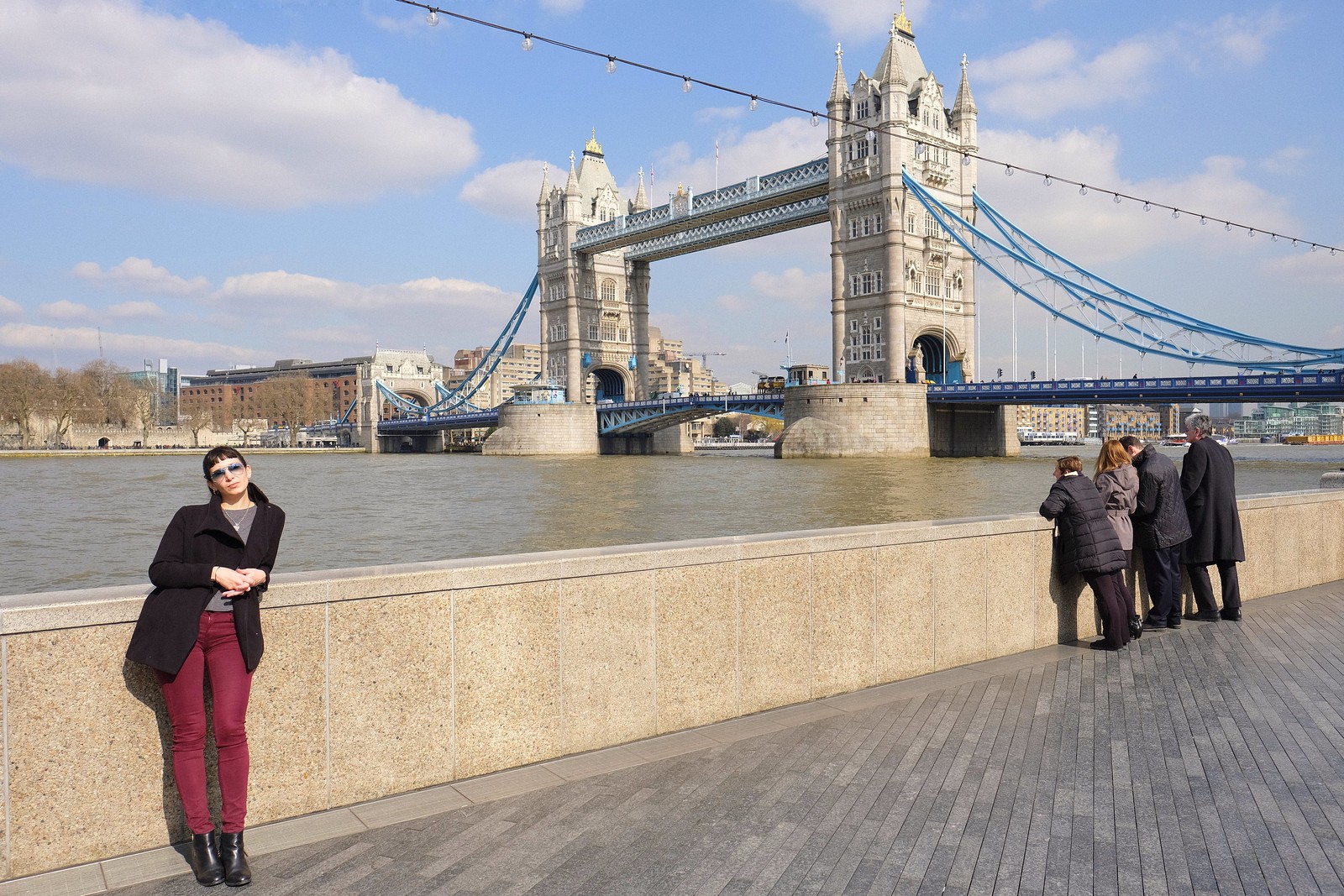
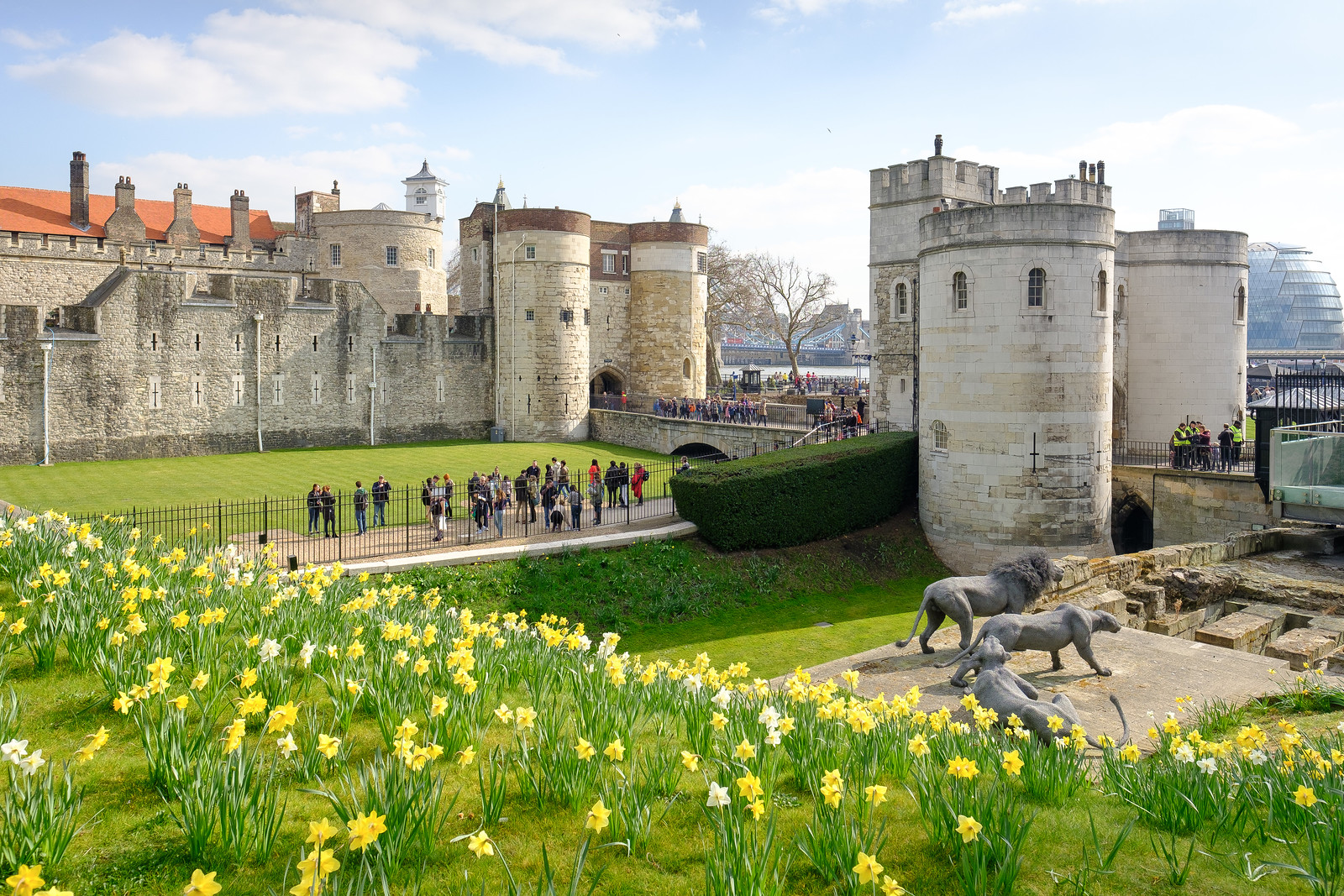
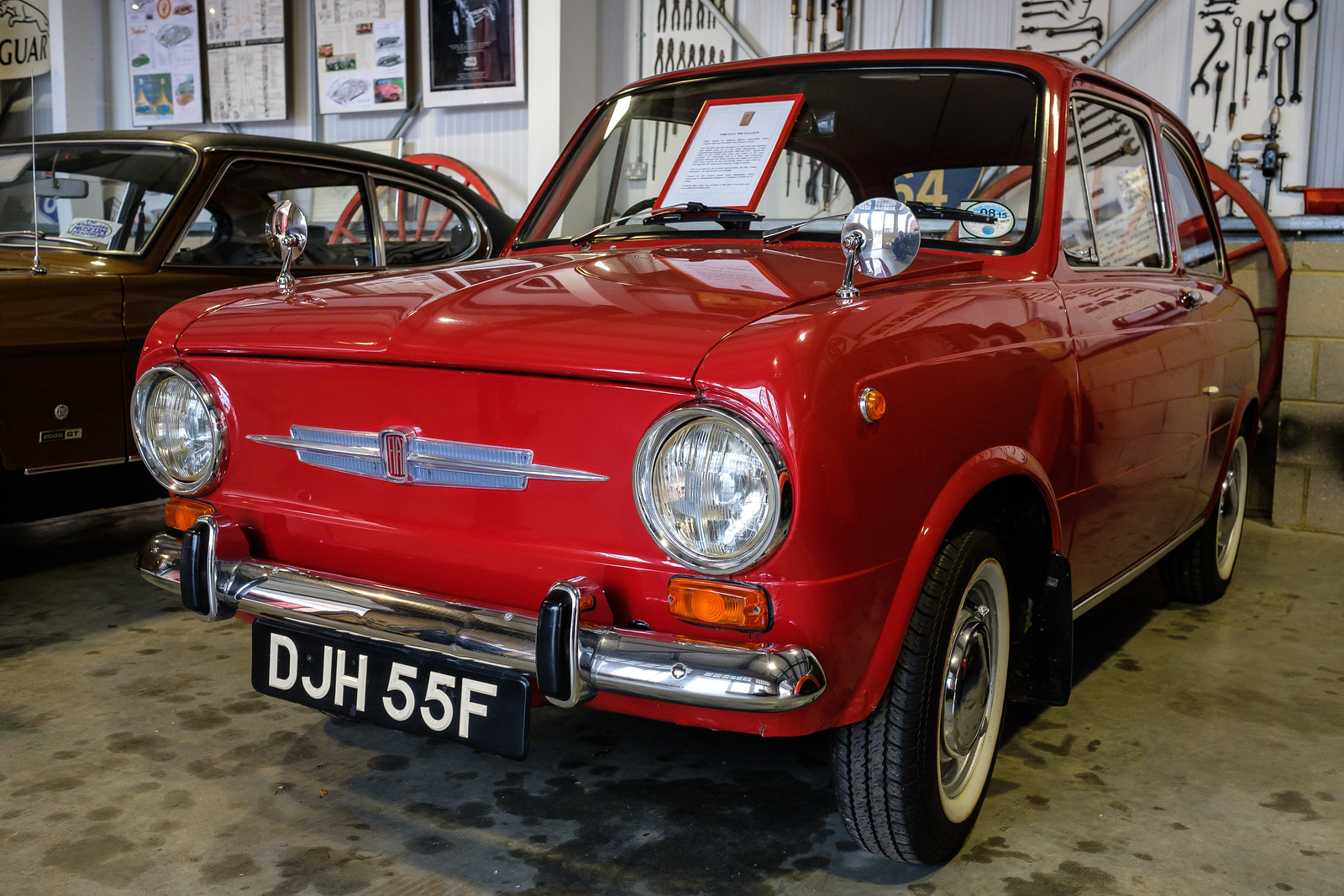


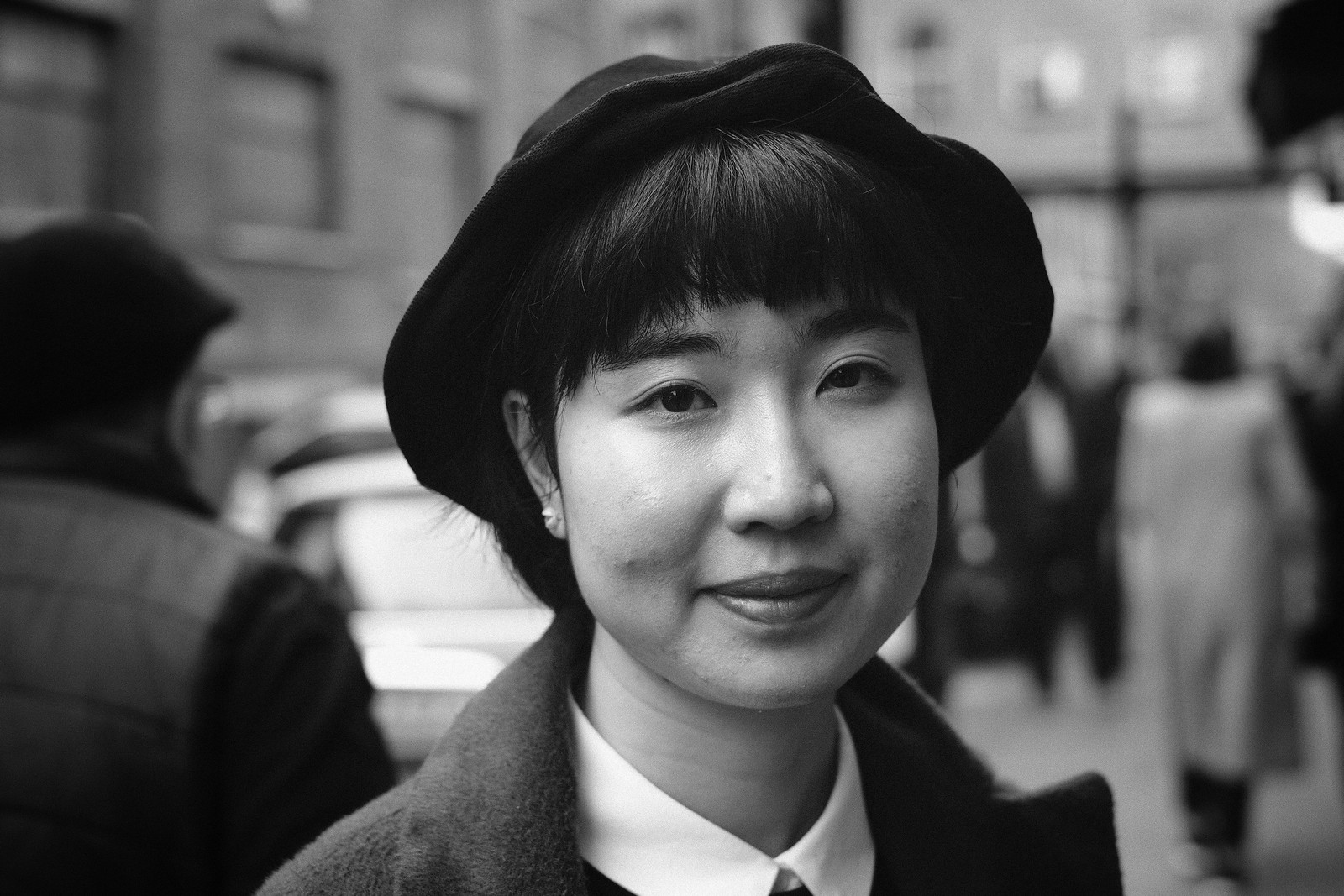






Finally we have your thoughts on X-Pro2..Fair take as always and very detailed. Stunning shots as always. Just wondering if size is the hindrance for a keep-in-the bag, day-to-day street camera
Not really. It’s smaller than a GX8 and fits neatly into a Billingham Hadley Small with 4 lenses. That said I don’t use a half case
For 24MP, these photos are tack sharp. Now, do I spend money on another G-Master or do I take the plunge into the Fuji universe??? What lens did you use for the above, if you don’t mind my asking?
I think these are a combination of the Fuji 14, 16, 18-55, 35 F1.4 and 55-200. Most of the head shots would have been taken with the 35 F1.4 which is a lens I love. In fairness, barring the 18mm and 27mm lenses (which aren’t bad, they just don’t hit the heights) it’s hard to think of a dud in the Fuji line up.
Pingback: Double Pro? Thoughts on the Fujifilm X-Pro2 | F...
I might add that a camera like this is a sum of parts for a particular purpose. What I mean by that is this camera in use has capabilities that exceed many technical reviewers findings. Autofocus is listed as a weakness for Fuji cameras and the XP2 is usually “Damned by faint praise” but I find that the sum of parts puts it quite a bit above my full frame DSLR in this regard. Here’s what I mean: shooting high speed sports indoors (low light) with a D600. It’s full frame 24mp files are quite good at high ISO but the SLR viewfinder creates tunnel vision so I often find myself behind the action. It’s Z axis focus ability is dated and problematic. Fast lenses in my desired focal length are not really available.
I enjoy using the OVF on my X-100 so I tried the XP2 with a 90mm lens. The 135mm effective focal length is almost perfect for me and the lens isn’t a bazooka. The 90mm has 3 focus motors and seems to be excellent tracking fast action. The bright frame is just an excellent size and it gives me a wide margin outside the box to follow action. I’m able to predict situations quite well with this tool. I use PRE-AF setting and the instant I decide to shoot the camera rattles off 3 – 5 shots bursts. During the course of the night I’ll shoot 400+ images and not a dozen of them will have missed focus. A substantially higher hit rate than my D600. These images lose nothing at all compared to the full frame images and the ACROS simulation is as close to what I want as anything I’ve used since Acros film…and a whole lot less work to produce.
Being able to see what’s developing around the frame is such a substantial advantage that it really adds another dimension for action photography, one that tests and measurements will always miss.
Thats a great point:) I shot some kids football with the XP2 last week and I think the zone tracking has really improved from the X-T1. I was super happy with the results and it was a lot of fun.
I only have one issue with the X-Pro 2 (and not the camera). I just wish FujiFilm had made a full leather casing to accommodate the 35 mm and camera body. The one from the X-Pro1 fits, but not properly.
As always, great review! I dont recall reading from your posts, but do you have the Leica Q, or Sony RX1r 2? I am slimming down all my equipment to what i really use, and was thinking of keeping the leica m, and getting the q or rx1 v2, (I have v1, but i am alos selling it, to slow).
I thought even of getting a xpro2, but than is another system, and will be back to were i am now, many systems. I am currently getting rid of the Sony A7ii system, and a Nikon DF, (which i really like, but never use).
I have used the Q and it’s a great camera. Very simple, intuitive and great AF. It has a stripped down UI even over the XPro2 from my first impressions. However I personally find it a bit limited to street and documentary photography with the 28mm. There is the 35mm crop function (and 50mm but I think it would be rarely used) to help with this. I tried it and for being a travel AND street related camera going to run it against the Xpro2 on rental. I’m an X – M rangefinder user and prefer to access a couple of focal lengths mainly at 24mm and 50mm FF equivalents.
Considered a 262 though just find it hard to justify the price for me personally. Going to keep my 35mm Summicron though to use on the Xpro2 and see what effects this has on rendering. Simon have you tried any vintage or third party M mount lenses on the Xpro2?
Great portraits here….